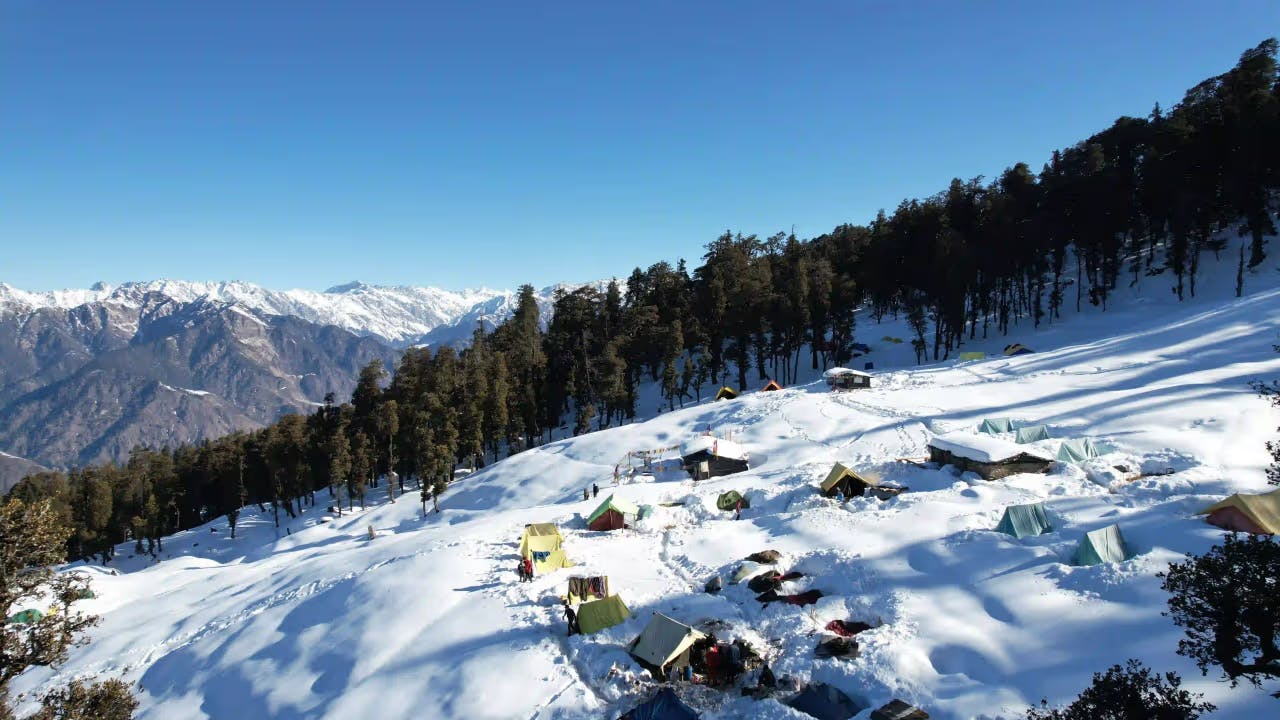
Kedarkantha Trek
AvailableFew SeatsBooked
April 2024
M
T
W
T
F
S
S
May 2024
M
T
W
T
F
S
S
June 2024
M
T
W
T
F
S
S
July 2024
M
T
W
T
F
S
S
If you’re 4 or more people and don’t see a date available, contact us .
Loading...
Kedarkantha Trek
UttarakhandDuration: 5 days
Max Altitude: 12500 ft.
Total trek distance: 24 KM
Pickup Point: Dehradun (Prince Chowk)
Best Time: January to March, October to December
Price: ₹5999 (Book @ ₹2000)
